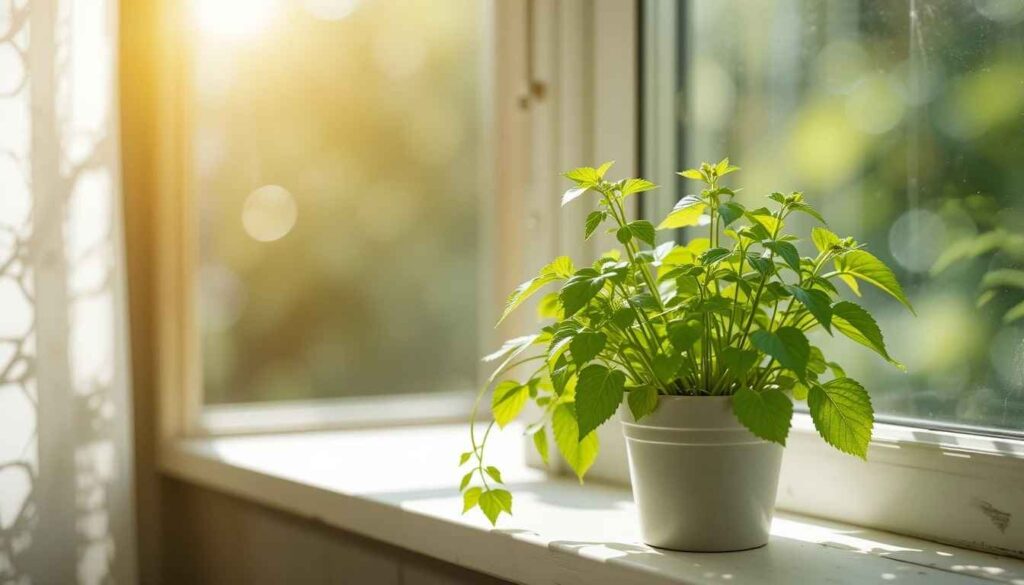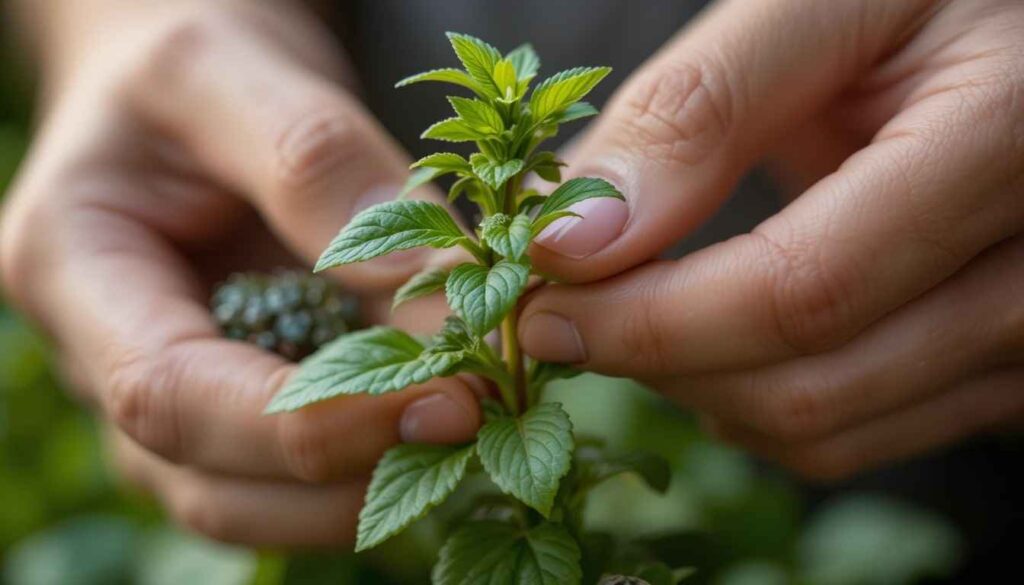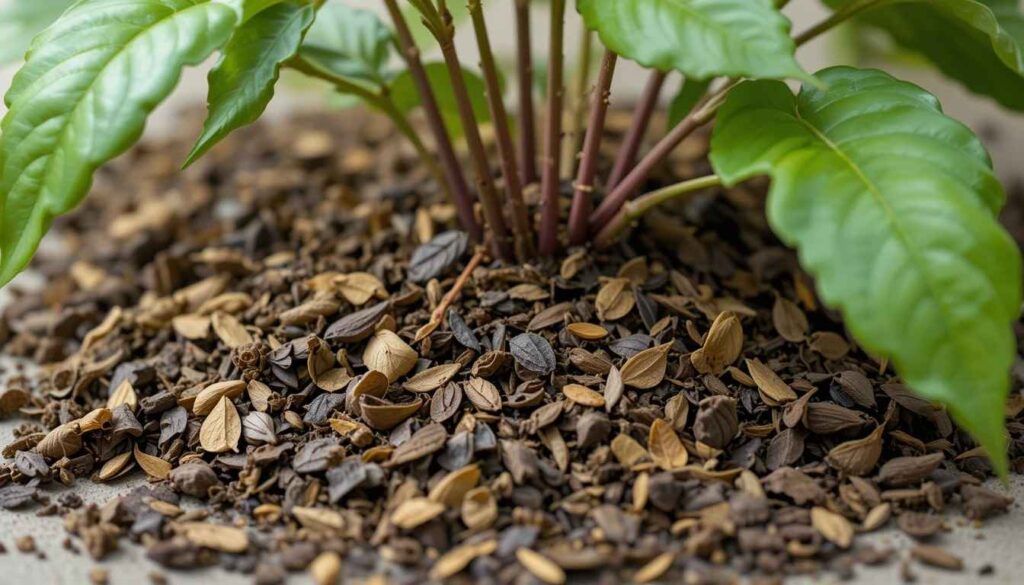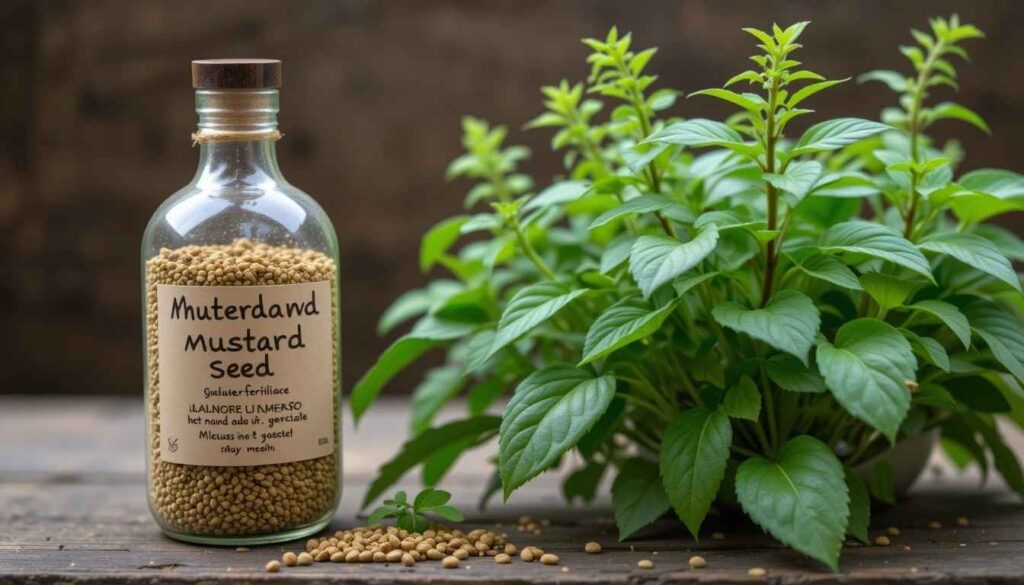The tulsi plant (Ocimum sanctum) holds a special place in Indian households. Revered as sacred in Hinduism, it’s often grown in courtyards or near the entrance of homes. Beyond its spiritual significance, tulsi is celebrated for its powerful medicinal properties — from boosting immunity to treating respiratory issues.
Growing a healthy tulsi plant at home not only purifies the air but also brings positive energy into your space. With proper care and attention, you can enjoy a thriving, aromatic, and beautiful tulsi plant all year long.
🌱 Types of Tulsi Plants
There are primarily two types of tulsi plants commonly grown:
1. Rama Tulsi (Green Leaf Tulsi)
- Has bright green leaves
- Known for its calming aroma
- Widely used in Ayurvedic remedies
2. Shyama Tulsi (Krishna Tulsi)
- Has dark purple or blackish leaves
- Stronger aroma and flavor
- Often used in religious rituals
Both varieties offer similar health benefits and care needs. Choose the one that suits your aesthetic and usage preferences.
Interesting : 7 Best Plants For Natural Cooling: Keep Your House Cool In Scorching Heat!
🧘♀️ Why Tulsi is Important – Spiritual and Medicinal Value
Spiritual Significance
In Hinduism, tulsi is considered an incarnation of Goddess Lakshmi and is worshipped daily. It symbolizes purity, devotion, and longevity. Having a tulsi plant at home is believed to bring peace and prosperity.

Medicinal Benefits
Tulsi is a powerhouse of antioxidants, anti-inflammatory agents, and immune-boosting compounds. Some key benefits include:
- Treats cold, cough, and fever
- Boosts immunity
- Reduces stress and anxiety
- Purifies indoor air
- Supports digestion and detoxification
Drinking tulsi tea or kadha (herbal decoction) during winters is a popular remedy to stay healthy.
Also Read: What Happens When You REGROW Veggies From the Store?
🌞 Basic Care Requirements for Tulsi Plant
To keep your tulsi plant healthy and vibrant, follow these essential care practices:
1. Sunlight Requirements
Tulsi is a summer-loving plant and thrives under direct sunlight. Ensure it gets at least 6–8 hours of sunlight daily . Ideal temperature ranges between 35°C to 40°C , although it can tolerate moderate climates too.
Tip: If you’re growing tulsi indoors, place it near a south-facing window where it can get maximum light.

2. Watering Techniques
Overwatering is the number one cause of death for tulsi plants. While it loves warmth, it doesn’t like soggy soil.
- Water once a day in summers.
- Reduce frequency during monsoon and winter.
- Use a small jug or spoon instead of pouring water directly onto the roots.
- Let the soil dry slightly between waterings.
Pro Tip: Avoid throwing a full lota (pot) of water every day. Instead, sprinkle gently around the base.
👉🏻 Know more : Best Tomato Varieties for Beginners: 7 Disease-Resistant Picks for US Climates
3. Repotting Schedule
Repotting helps provide fresh nutrients and more space for root growth.
- The best time to repot is during monsoon or early spring (February).
- Avoid repotting during hot summer months.
- Use well-draining potting mix rich in organic matter.
4. Pruning and Pinching
Regular pruning encourages bushier growth and prevents legginess.
- Remove yellow or dry leaves regularly.
- Cut off fallen leaves to prevent fungal infections.
- Pinch the top tips to promote branching.

🌱 Advanced Tips to Make Your Tulsi Plant Lush and Bushy
Here are two expert-approved techniques to transform your tulsi plant into a thick, leafy beauty:
Trick 1: Pinching and Trimming
When your tulsi plant reaches about 6–7 inches tall , it’s time to start pinching.
- Use clean, sanitized scissors.
- Cut the tip of the main stem just above a pair of leaves.
- This redirects the plant’s energy to the side branches, making them grow faster and thicker.
Repeat this process every few weeks to maintain a dense canopy of foliage.

Trick 2: Removing Flower Buds (Manjari)
After about 1.5 to 2 months, your tulsi plant may start producing small white flowers called manjari .
While beautiful, allowing the plant to flower can divert energy away from leaf production.
Also Read: How to Grow Tomatoes from Seed – A Beginner’s Guide
- Gently pluck the flower buds as soon as they appear.
- This keeps the plant focused on growing more leaves and stems.
- You’ll end up with a denser, healthier tulsi plant.

🌾 Homemade Organic Fertilizers for Tulsi Plant
Avoid chemical fertilizers when growing tulsi, especially if you plan to use the leaves for consumption or worship. Here are two effective and easy-to-make natural fertilizers:
1. Used Tea Leaves as Fertilizer
Used tea leaves are rich in nitrogen, which promotes leafy growth.
How to Use:
- Collect dried tea leaves after brewing.
- Sprinkle a tablespoon of dried tea leaves evenly over the soil surface.
- Do this once a week for best results.
Note: Avoid using wet tea leaves directly as they may encourage mold growth.

2. Mustard Seed Liquid Fertilizer
Mustard seeds contain high levels of nitrogen, phosphorus, and magnesium — all vital for plant growth.
Recipe:
- Take 1 tablespoon of mustard seeds and grind them into a fine paste.
- Mix the paste with 1 liter of water.
- Let the mixture sit in a shaded area for 24 hours.
- Dilute the solution with equal parts water before applying.
Use this liquid fertilizer once every 15 days.
Caution: Always dilute the mixture before applying to avoid burning the roots.

❗ Common Problems and Solutions
| Problem | Cause | Solution |
|---|---|---|
| Yellowing leaves | Overwatering or poor drainage | Reduce watering, improve soil drainage |
| Dropping leaves | Lack of sunlight or shock | Move to a sunnier spot, avoid sudden changes |
| Pest infestation | Aphids or spider mites | Spray neem oil solution weekly |
| Leggy growth | Lack of pruning | Start regular pinching and trimming |
| Stunted growth | Nutrient deficiency | Use homemade fertilizers regularly |
🌼 Conclusion: Nurture Your Tulsi Plant for Health and Harmony
Growing a healthy tulsi plant at home is not just about gardening — it’s about cultivating wellness, spirituality, and sustainability. By following the right care techniques, pruning methods, and feeding it with natural fertilizers, you can enjoy a lush, thriving tulsi plant that enhances both your environment and your lifestyle.
Remember, a little love, patience, and knowledge go a long way in nurturing nature. So, give your tulsi plant the care it deserves, and it will reward you with its fragrance, beauty, and countless benefits.

If you found this article helpful, don’t forget to share it with fellow plant lovers and gardening enthusiasts. Happy planting! 🌱
✅ FAQs
Q1. Can I grow tulsi indoors?
Yes! Tulsi grows well indoors if placed in a sunny location like a balcony or near a window.
Q2. How often should I water my tulsi plant?
Once daily in summers, every other day in winters. Always check soil moisture before watering.
Q3. Is tulsi good for Vastu?
Yes, according to Vastu Shastra, tulsi is considered auspicious and should be placed in the northeast corner of the house.
Q4. What pests affect tulsi plants?
Aphids, whiteflies, and spider mites are common. Neem oil spray works great as a natural pesticide.
Q5. Can I eat tulsi leaves raw?
Yes, tulsi leaves can be eaten raw. They’re often chewed in the morning for immunity and detoxification.


